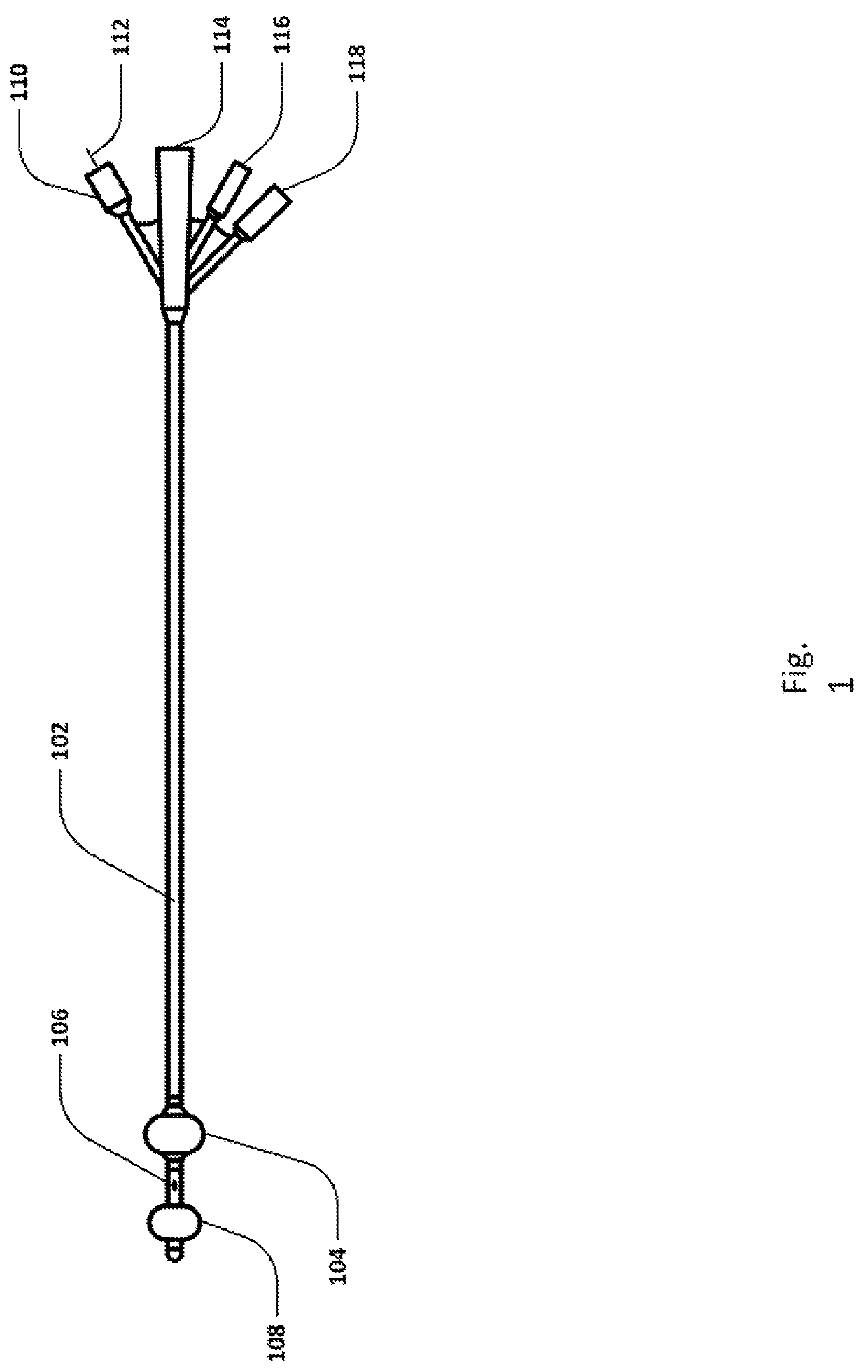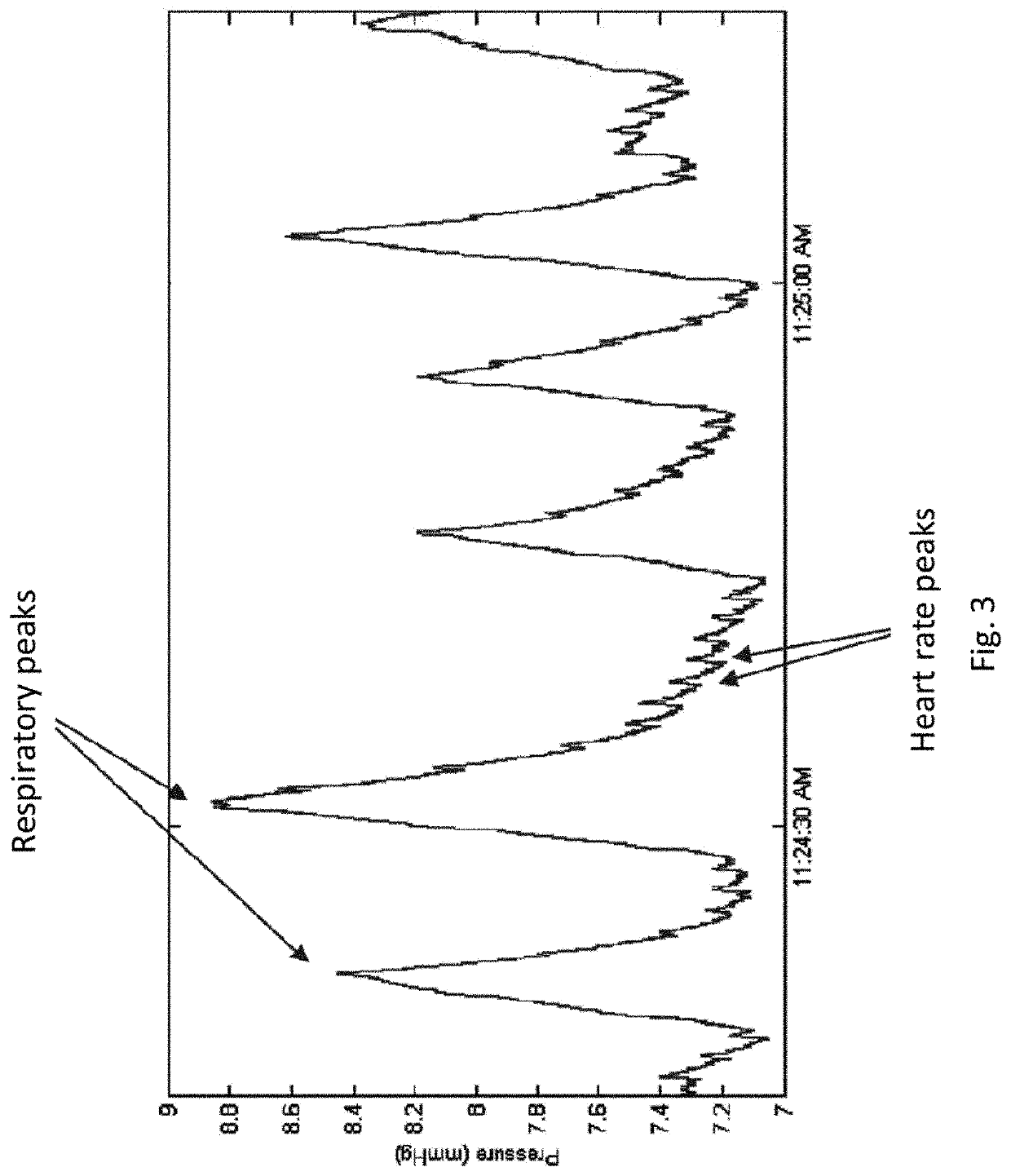Systems, devices and methods for sensing physiologic data and draining and analyzing bodily fluids
a technology of bodily fluids and systems, applied in the field of medical devices, can solve the problems of significant skewing of intra-abdominal pressure readings and adversely affecting pressure readings within the bladder, and achieve the effect of preventing fluid overload
- Summary
- Abstract
- Description
- Claims
- Application Information
AI Technical Summary
Benefits of technology
Problems solved by technology
Method used
Image
Examples
Embodiment Construction
[0077]The preferred embodiments of the present invention are described in detail herein. However, alternative embodiments of various features of the device are also possible. Examples of these embodiments are provided below, but the scope of the invention is not limited to these specific configurations.
[0078]Sensing Foley Catheter
[0079]FIG. 1 shows an embodiment of a sensing Foley catheter and several of its features. A catheter may be understood to have various sections according to its disposition when the catheter has been inserted into a human subject, such as a proximal portion that remains external to the subject, a central or urethra-residing portion, and a distal or urinary bladder-residing portion.
[0080]Various internal lumens traverse the length of the catheter, such as an air or fluid lumen that communicates with a bladder retention balloon 104 and a retention balloon port 118. A urine drainage lumen has a distal opening or openings 106 that resides in the bladder portion...
PUM
 Login to View More
Login to View More Abstract
Description
Claims
Application Information
 Login to View More
Login to View More - R&D
- Intellectual Property
- Life Sciences
- Materials
- Tech Scout
- Unparalleled Data Quality
- Higher Quality Content
- 60% Fewer Hallucinations
Browse by: Latest US Patents, China's latest patents, Technical Efficacy Thesaurus, Application Domain, Technology Topic, Popular Technical Reports.
© 2025 PatSnap. All rights reserved.Legal|Privacy policy|Modern Slavery Act Transparency Statement|Sitemap|About US| Contact US: help@patsnap.com



